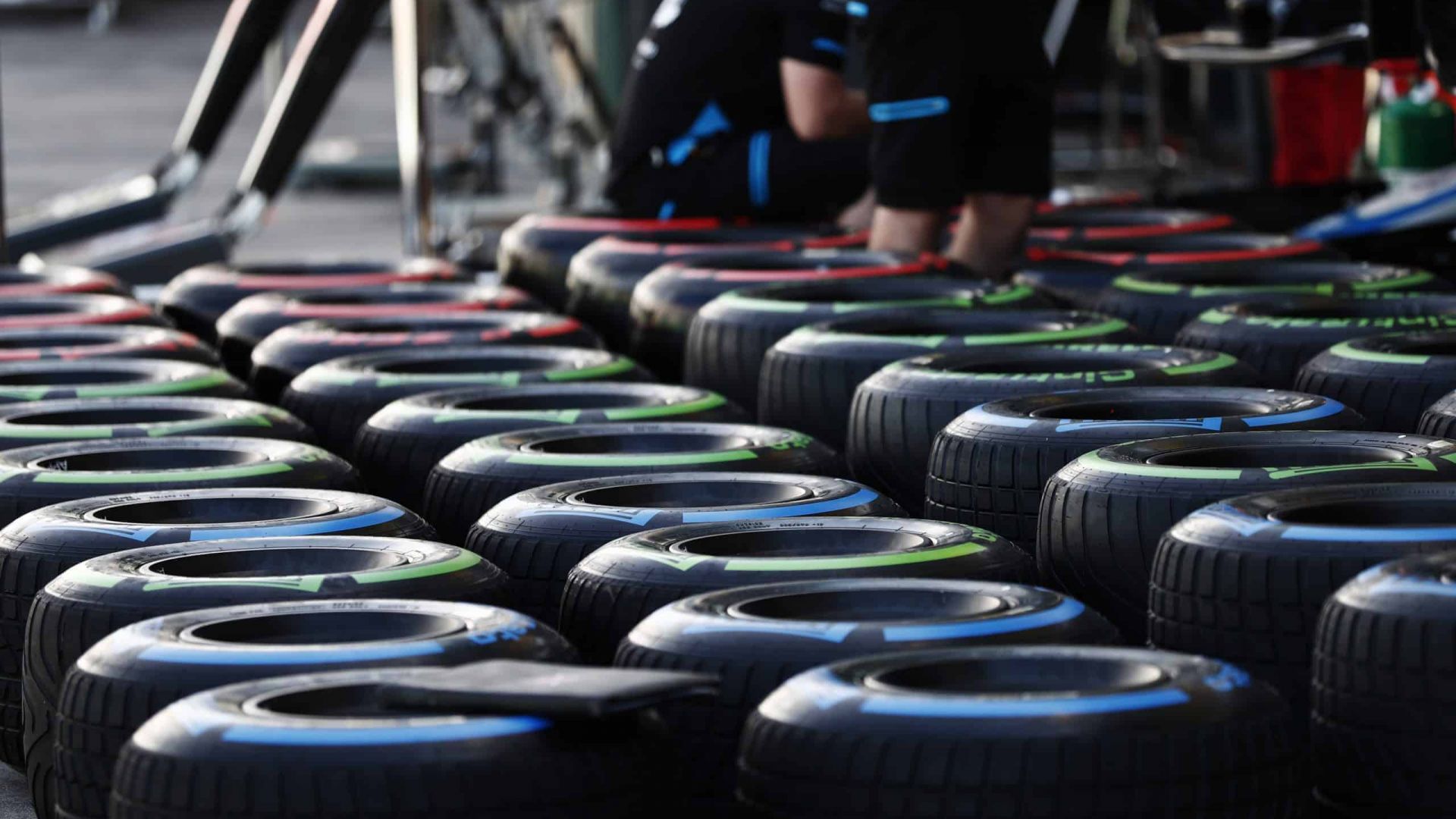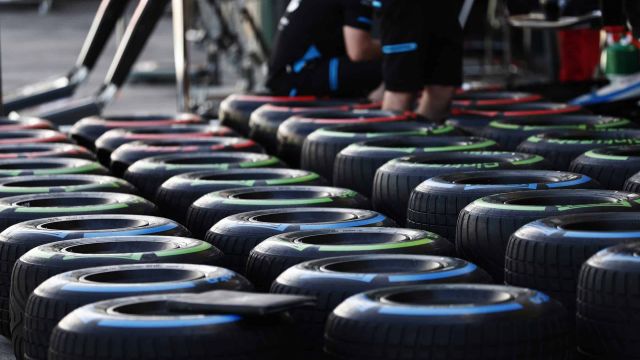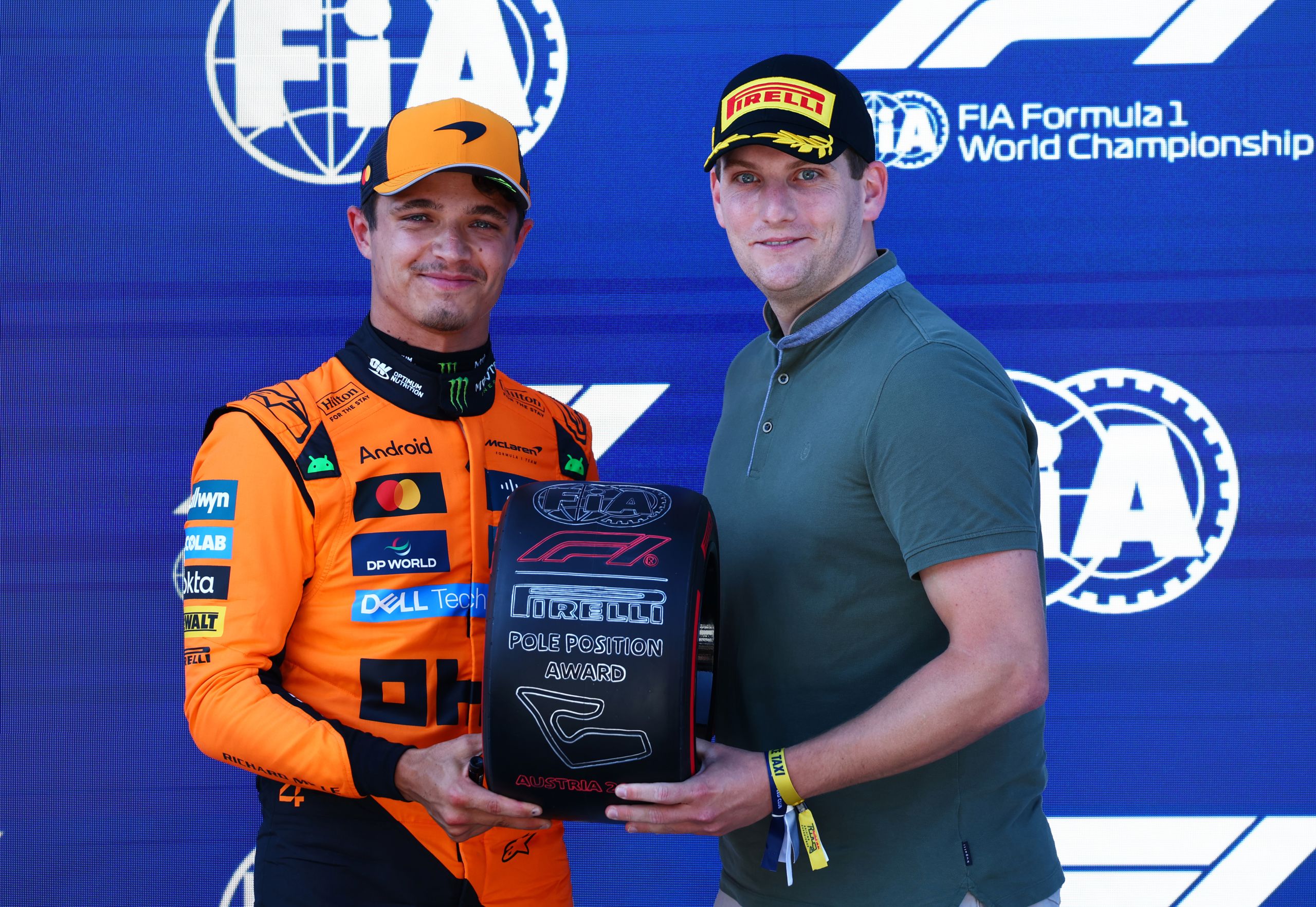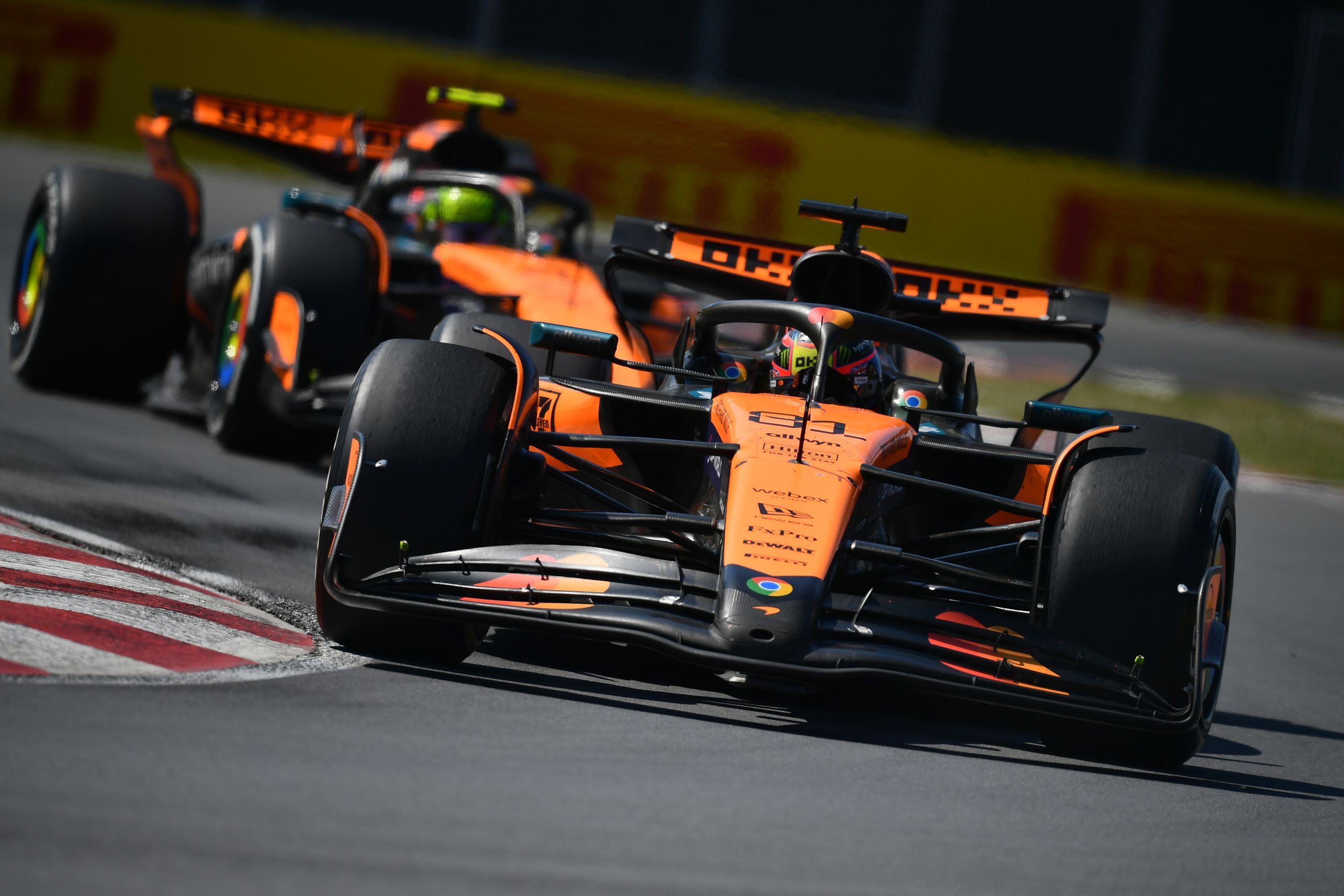What Happens To The Used Tyres In F1?


After each Formula 1 race weekend there are hundreds of used tyres that need to be disposed of. In the past, these tyres were simply burned or sent to landfills, but in recent years, F1 and tyre supplier Pirelli have implemented a more sustainable approach to tyre disposal.
All used tyres are now returned to Pirelli at the end of each race weekend to be recycled. The tyres are transported back to Pirelli’s facilities, either by truck for European races or by sea freight for overseas events. Pirelli then sorts the tyres and begins the recycling process.
First, the tyres are shredded into small pieces and separated into their component parts – rubber, steel, and textile fibers. The recycled rubber can then be used to create new products such as floor mats, shoe soles, and even new tyres. Some of the rubber is also burned as fuel in cement factories. The steel and textile components are also recycled and reused in various industries.
Interestingly, before the tyres leave the track, Pirelli marks them with a special barcode to track each tyre and ensure that none go missing or are replicated by other manufacturers looking to copy their proprietary technology and rubber compounds.
In total, Pirelli recycles around 280,000 F1 tyres each year. This recycling process is an important aspect of F1’s sustainability efforts and helps to reduce the environmental impact of the sport. By finding new uses for old tyres, F1 and Pirelli are working to close the loop and create a more circular economy.
How long do F1 tyres last in a Grand Prix?
The longevity of F1 tyres during a Grand Prix depends on several factors, such as the track layout, weather conditions, driving style, and the specific tyre compound being used. In general, a set of tyres can last anywhere from 20 to 40 laps, but this can vary significantly depending on the circumstances.
Pirelli, the official tyre supplier for Formula 1, provides teams with three dry tyre compounds (soft, medium, and hard) for each race weekend. The softer compounds offer more grip but wear out faster, while the harder compounds are more durable but provide less grip. Teams must use at least two different tyre compounds during a dry race, and the choice of which compounds to use and when to use them forms a crucial part of the race strategy.
According to Mario Isola, Head of F1 and Car Racing at Pirelli, “The life span of a tyre in a Formula 1 race can vary a lot depending on the conditions and the strategy. We’ve seen races where a driver can make a soft tyre last for more than 30 laps, but in other cases, they might need to pit after just a few laps. It’s all about finding the right balance and managing the tyres effectively over the course of a stint.”
What is considered a used tyre in Formula 1?
Tyres are one of the few components in F1 that is supplied by only one manufacturer. Pirelli is the sole supplier for tyres in F1. Pirelli tyres are used by all cars competing in all the races in Formula 1. A tyre is also one of the components that are subject to the most wear and tear as it is constantly in touch with the surface. Hence tyres have to be repeatedly changed both while racing and for every race. As a result, tens of thousands of tyres are generated as used tyres during the course of an F1 racing season.
Formula 1 tyres are made from a mix of special polymers. They are produced in a special process that ensures precise life on a given surface. Teams study the tyre compounds and their properties in great detail so that they can utilise the tyres to the fullest. These tyres are mounted on rims when transported to a racing venue. All the tyres used by the teams have to be returned to Pirelli as also unused tyres. As F1 and Pirelli are concerned about the quality of tyres used by racing cars, tyres removed from the rims are also considered as rejects or used.
Tyres are mounted on the rim just before they are handed over to the teams. If not used, great force is required to remove tyres from the rims which could damage the bead and the tyres. These tyres are also considered unsafe and used, even if it means erring on the side of caution. Tyres, once fitted on the rim, are not transported from one venue to another. That is the reason Pirelli scrapped 1800 tyres when the Australian Grand Prix was cancelled in 2020 due to the Covid-19 pandemic.
How does Pirelli dispose of the tyres?
After a Grand Prix, Pirelli collects all the used tyres and rips them apart. The compounds of the tyres used by F1 cars are scrutinised along with the “unused but mounted” tyres. Valuable data is collected from this study and recorded for future reference. The tyres are then compressed and transported to Pirelli’s engineering and logistics centre in Didcot, England. At the logistics centre, these tyres are thoroughly shredded along with other road car tyres. The shredded tyres form small pellets that are recycled.
Despite the criticism that Formula 1 gets for its unfriendly ecological practices, Pirelli has a “green technology policy.” This commits Pirelli to manufacture as well as dispose of used tyres in an eco-friendly way. This also encompasses the eco-friendly disposal of used F1 tyres and tens of thousands of other used tyres that Pirelli gathers. The tyres are shredded at the Didcot plant are transported to cement factories. These factories use pellets as fuel in the cement manufacturing process.
In the cement factories, the pellets are burned at extremely high temperatures. The environment-friendly gasses are released when rubber pellets are burned at temperatures exceeding 1500°C. The only residue that remains is fine ash which is non-poisonous. The whole process is eco-friendly and Formula 1 is very comfortable with that. The burning process gives some by-products that can be put to good use. The bitumen produced by burning the pellets is used to tar roads and in other industrial uses.
How much is an F1 tyre worth?
According to Pirelli, the official tyre supplier for Formula 1, a single F1 tyre costs around €1,800 (approximately $1,900 USD).
However, the total cost of tyres for a team over the course of a season is much higher. Each team is allocated a total of 20 sets of dry tyres (a set consists of two front and two rear tyres) per car per race weekend. With 24 races on the 2024 calendar, this means that a team can use up to 960 tyres per car over the course of the season.
Multiplying the number of tyres by the cost per tyre, we can estimate that a team spends around €1,728,000 (approximately $1,862,000 USD) on tyres alone for one car throughout the season. For a two-car team, the total cost of tyres can exceed €3.4 million (approximately $3.7 million USD).
It’s worth noting that these costs are part of the larger budget that teams must manage under the F1 cost cap regulations, which were introduced in 2021 to promote financial sustainability and level the playing field among teams.
As Guenther Steiner, Team Principal of Haas F1 Team, stated in an interview, “Tyres are one of the biggest expenses for a Formula 1 team, and managing their cost and allocation is a crucial part of our strategy. The cost cap has made it even more important to be efficient with our tyre usage and to make sure we’re getting the most out of every set.”





